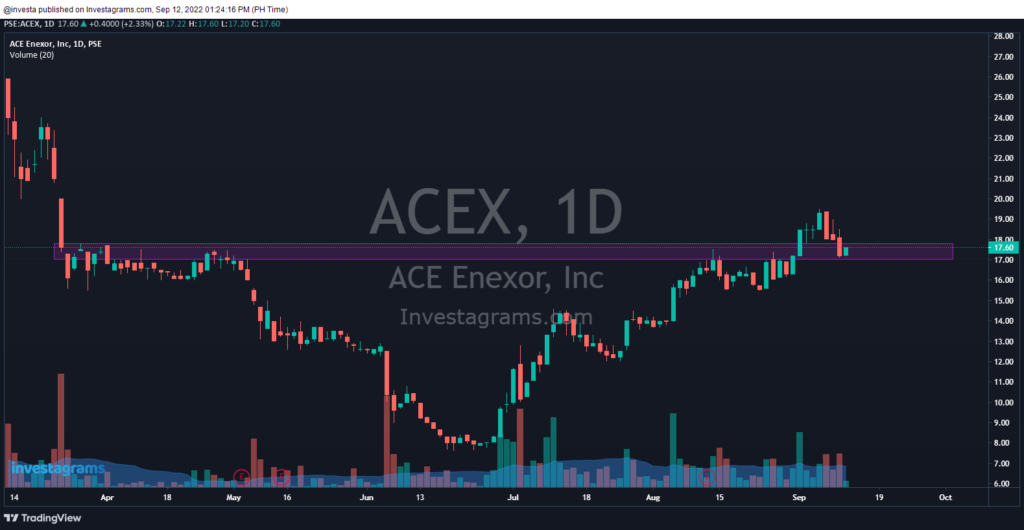For any trader with experience, bull traps are the worst. One minute, a stock could be rallying after a breakout. Then stops are suddenly hit only a couple of hours later as prices plunge downwards. Bull traps happen pretty frequently. It’s a part of the reality that traders have to face.
For traders who haven’t encountered this annoying market behavior yet, it would surely pay to learn more about it. Let’s dive into what exactly bull traps are and the countermeasures we can take!
Bull Traps

A bull trap is often known as a “false signal” in the market. As the name suggests, they often trap buyers – forcing them to close their positions as their cut loss points are hit. Bull traps can take many forms. Bull traps commonly appear as false breakouts. However, they can also come in the form of reversals that fail. Generally, you can identify bull traps when you see bullish technical patterns that appear to be working, only to fail in the following candlesticks.
SPX counter-trend rally bull trap

A recent bull trap that occurred was in one of the U.S. stock market indices, the S&P 500. The gist of this was that everyone thought the inflation-interest rates fiasco was over. Players in the market assumed the Fed already turned dovish. As enthusiasm filled wall street, stock prices rallied. The general 4,200 level was the major resistance to break. Although prices broke past, the breakout immediately failed in the following week. As prices failed to hold, this only proved that the breakout was but a mere bull trap.
Bitcoin intra-day bull-trap

Just recently, Bitcoin also staged a rally. While the trend is still intact, prices created a bull trap scenario for intra-day traders. 21,800 was proving to be a resistance point that needs to be broken. Prices suddenly surged past the level, only to fall back quickly in a matter of hours. Again, the move trapped breakout buyers.
ACEX ongoing retest

This one is still an ongoing case. Will $ACEX hold above its resistance-turned support, or will it become a bull trap? Again, prices broke out of a major resistance level (17.00). Currently, prices are still retesting the level. If 17.00 fails to hold, the move can then be labeled as a bull trap. However, as the level still holds we can’t determine yet if the move was only a sucker play, or if it still has short-term potential.
The market psychology behind bull traps
As always, we need to understand the market dynamics behind certain behaviors. For shortable markets, these moves happen when bears start to take control. Since breakout strategies are already common, advanced market participants take advantage of creating false breakouts in order to get better prices for shorting. They are also able to short a bigger amount as breakout buyers put more liquidity into the market.
For long-only markets, bull traps often take place during bearish environments. There will always be outliers in every market. However, not all breakouts tend to stay strong. Traders who are aware of this often make the adjustment of selling early into the breakout. While most retailers are still buying in hopes of a jackpot, seasoned veterans are already selling. In effect, this creates bull traps.
How do you avoid bull traps?

This begs the question, how do you avoid bull traps? Like all other losses, it’s impossible to fully avoid all bull traps. Breakout strategies are still strong tactics that can be used in trading the markets. Although not all can be avoided, you can take extra precautions or certain adjustments to avoid getting caught all the time
Look at the macro view of the market
As mentioned, bull traps often happen when the overall environment is bearish or when bears are in control. Hence, it would make sense to look at the bird’s eye view of the market. For example, if the index of the market you are trading is bearish, you can expect bull traps to happen more frequently. From there you can start to look at how you can make adjustments.
Selling quickly into strength
If you already know that the broad market has turned bearish, adjustments need to be made. There is a wide variety of tactics that can be employed. Selling into strength is one of the simplest, yet effective ways to avoid bull traps. Rather than trying to follow an uptrend, you can opt to sell profits quickly after a breakout. This entails lower risk-to-reward ratios, so you have to tweak your strategy to suit your style of trading better.
Buying tranches at support
As rallies are more short-lived in bearish environments, shifting tranches bought closer to support levels can be a viable adjustment. This will also let you get better risk-to-reward ratios if you choose to sell into strength after breakouts. However, keep in mind that you are also exposing yourself to the risk of breakdowns.
Finding the right strategy

There are limitless variations in how you can adjust the way you trade. What was mentioned above are only just examples of adjustments you can make. As different market conditions demand different needs, you need to be flexible. This is where experience and preparation come in. Through being consistent with doing the hard work, such as studying your trading journals and reflecting on charts, the better you will be at anticipating possibilities and adjusting your strategies in your own unique way.

